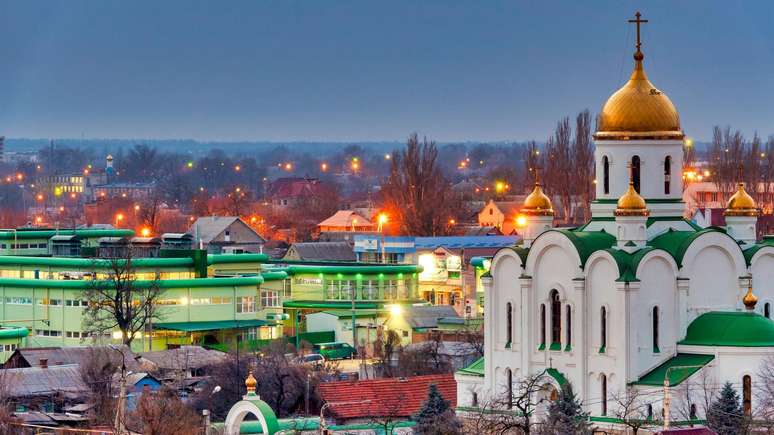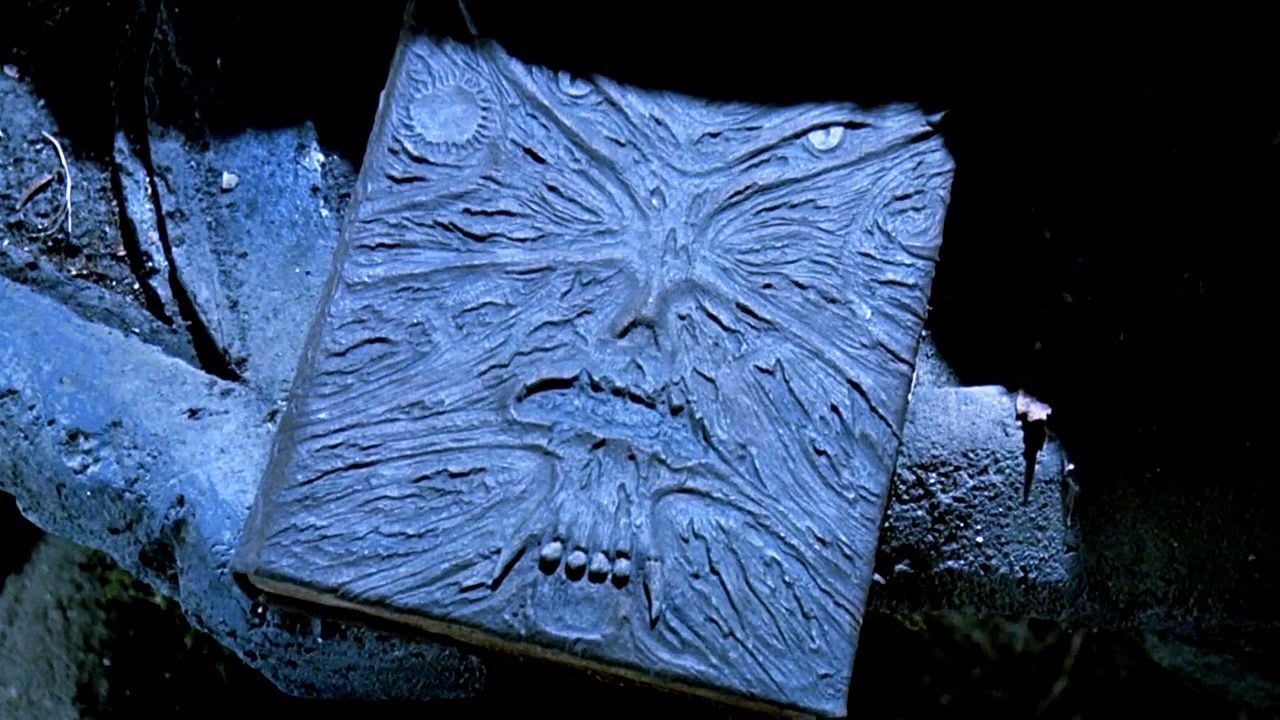Since the war between Russia and Ukraine began, the status of Transnistria has become an issue for local geopolitics, as the region is adjacent to southeastern Ukraine.
Pro-Russian leaders of the breakaway region of Transnistria in eastern Moldova submitted a request for “protection” to Moscow on Wednesday (28/2), claiming that the Moldovan government is trying to “stifle” their economy.
The region’s parliamentarians approved a resolution during an extraordinary congress held in Tiraspol, the capital of the separatist territory not recognized as independent by the international community.
Since the war between Russia and Ukraine began two years ago, the status of Transnistria has become an issue for local geopolitics, as the region is adjacent to southeastern Ukraine.
Transnistrian MPs say the Moldovan government in Chisinau, the capital, is waging an “economic war” against the region, blocking vital imports with the aim of turning the place into a “ghetto”.
“The international community cannot ignore the decisions of the current congress,” said Vitaly Ignatiev, the breakaway republic’s foreign policy chief.
“We are talking about a request for diplomatic support,” he said later in an interview on Russian state television.
Transnistrian President Vadim Krasnoselskiy distanced himself from the MPs’ statements and said he was seeking a “peaceful dialogue” with the Moldovan government, which is pro-European.
On Wednesday, Moldova’s President Maia Sandu rejected the idea of an offensive against the region’s economy: “What the government is doing today is taking small steps towards the economic reintegration of the country.”
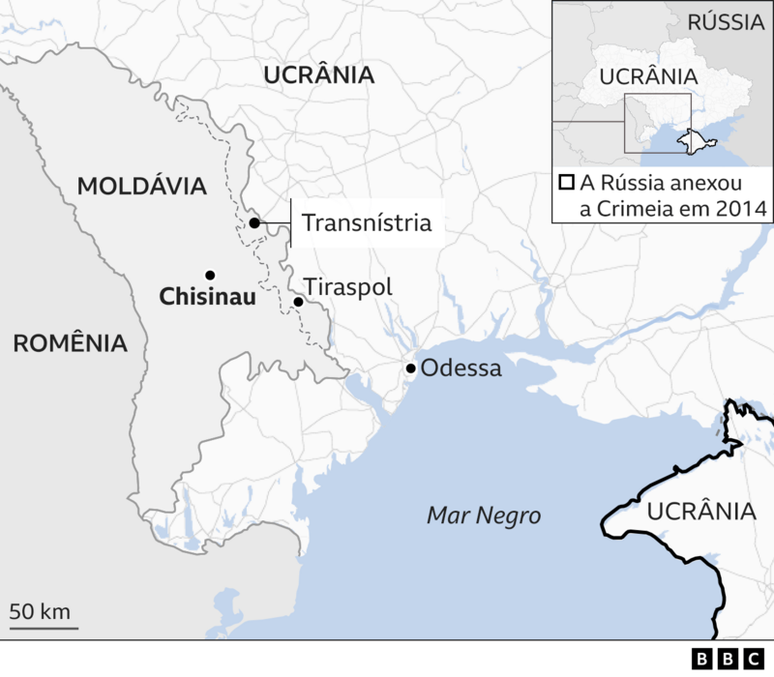
Since its self-proclaimed independence, Transnistria has been at the center of geopolitical disputes in Europe over possible annexation to Russia, as has happened to other former Soviet regions.
And with the outbreak of war in Ukraine, analysts believe Moscow may try to open a new corridor from the west.
But how was this pro-Russian republic born and why does the Kremlin care?
Soviet past
Transnistria is a small region bordering Ukraine and located in western Moldova, a country that was part of the Soviet Union from 1940 until its dissolution in the early 1990s.
Shortly before the total collapse of the former communist power, a conflict broke out between the newly independent Republic of Moldova and separatist groups from Transnistria, who wanted to maintain ties with Moscow.
The civil war did not last long, but since the ceasefire in July 1992 around 1,500 Russian soldiers have been deployed to “keep the peace” in the territory.
With the end of the conflict, Transnistria declared its independence.
But only other regions with similar disputes – such as Abkhazia, Nagorno-Karabakh and South Ossetia – recognize the status. No member of the United Nations recognizes the region as independent.
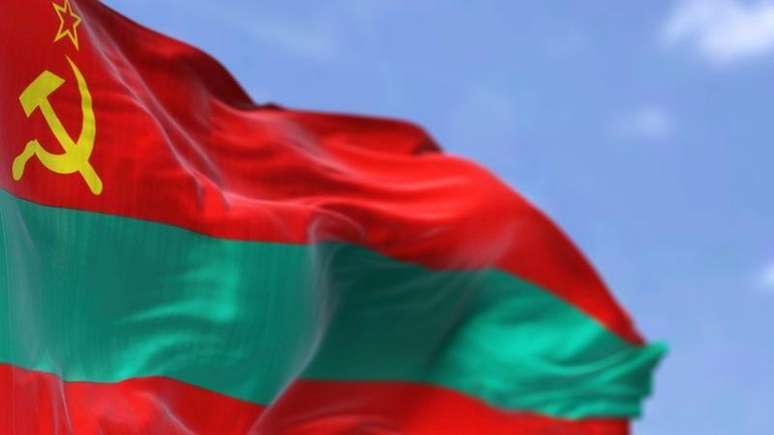
Great autonomy
The territory has its own Constitution, a government, an army, a currency and even passports, which are practically useless.
But Moldovan authorities admit they have no control over the region.
Most of its population, which numbers around 500,000 inhabitants, has double or triple nationality: Russian, Moldovan or Ukrainian.
Less than 70 km south-east of Chisinau, the capital of Moldova, lies Tiraspol, with its 130,000 inhabitants, a small city often described as “trapped in the times of the USSR”.
In the regional capital there is no shortage of streets named after communist figures or important dates from the Soviet era. In front of the local Brutalist-style Parliament building there is a large statue of Lenin.
Ties with Russia
Since Transnistria declared its independence three decades ago, Tiraspol’s population has shrunk by at least a third.
Most of its inhabitants left to look for work abroad, many of them in Russia, because economic prospects worsened significantly after the fall of the USSR.
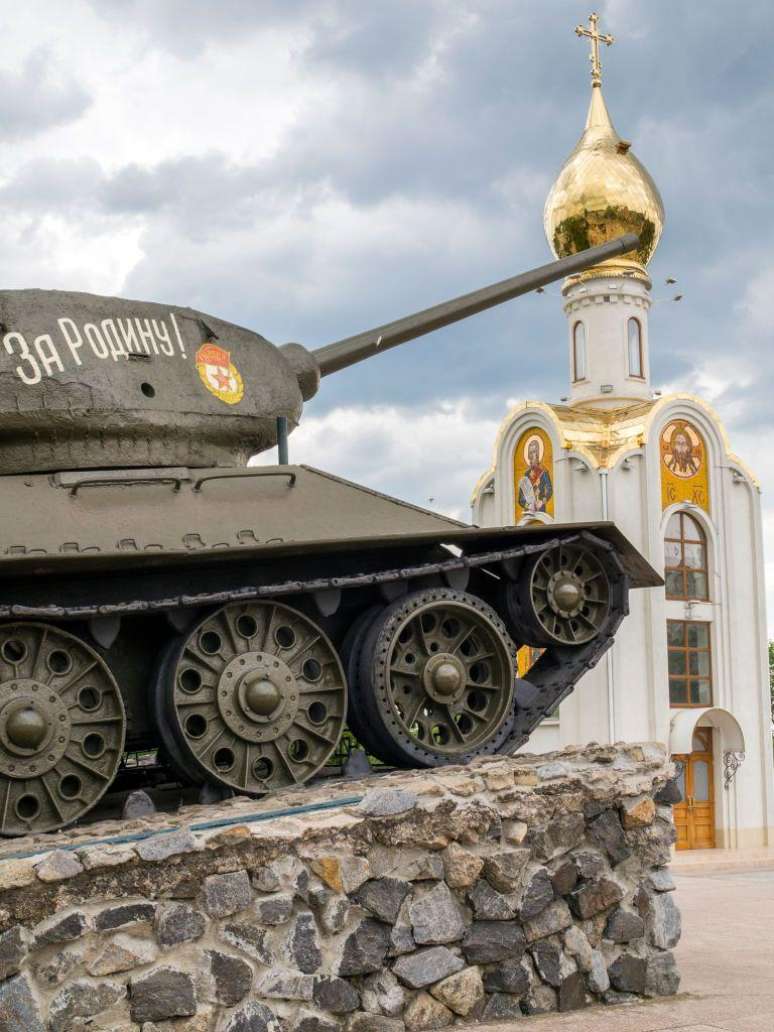
Local wages are even lower than in the rest of Moldova, which is one of the poorest countries in Europe.
Although Transnistria’s three largest ethnic groups (Russians, Ukrainians, and Moldovans) are similar in size, Russian is the predominant language.
Russian flags fly alongside those of Transnistria – the only one in the world that still includes the hammer and sickle – on many buildings in the city.
Large weapons storage
Transnistria is also known for hosting the largest Cold War arsenal: a depot with around 20,000 tons of weapons and ammunition.
While some say an explosion here could generate a detonation equivalent to that of the Hiroshima bomb, other experts point out that this is unlikely, as these are old, disused weapons.
The Kolbasna arms depot, near the border with Ukraine, was built in the 1940s, when Moldova was still part of the Soviet Union.
With the end of the Cold War, it became the place where weapons were stored that Soviet forces brought with them as they withdrew from East Germany, Czechoslovakia and other former communist bloc countries.
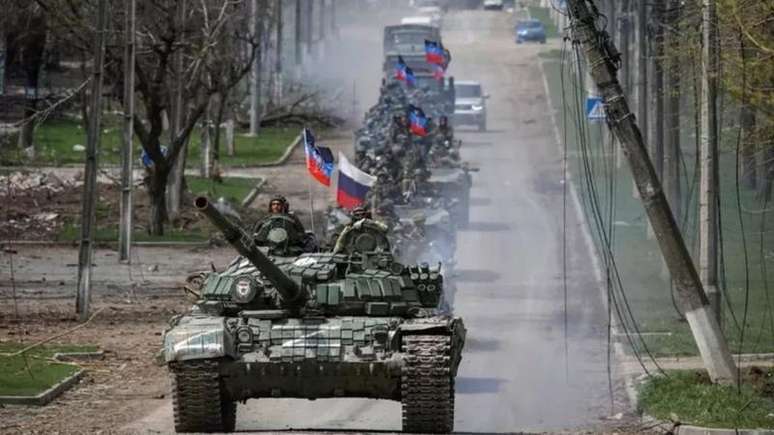
At the Organization for Security and Co-operation in Europe (OSCE) summit in Istanbul in 1999, Moscow agreed to withdraw some of the ammunition and weapons it kept in Transnistria.
Between 2000 and 2004, Russia removed entire truckloads of weapons and ammunition from the Kolbasna depot, where an estimated 40,000 tons of weapons were stored.
This process, however, was interrupted by the decision of the Transnistrian authorities and could not be reactivated.
In September 2021, in her annual speech to the United Nations General Assembly, the President of Moldova reiterated her call for the withdrawal of Russian troops from Transnistria and the elimination of weapons and ammunition stored in Kolbasna.
But Moscow does not allow other forces to take responsibility for eliminating weapons or maintaining peace in the region.
Source: Terra
Rose James is a Gossipify movie and series reviewer known for her in-depth analysis and unique perspective on the latest releases. With a background in film studies, she provides engaging and informative reviews, and keeps readers up to date with industry trends and emerging talents.

